
EU trade ministers met in Brussels on November 24 to review the state of the bloc's trade relations with both the US and China, as high US tariffs and Chinese export controls shape the EU's broader economic security agenda, according to European news site EUToday.
During the meeting, ministers reviewed progress on the implementation of the EU-US joint trade declaration agreed on August 21 and a separate tariff agreement reached in July, and considered possible responses to China's restrictions on exports of key raw materials. At noon on the same day, US Secretary of Commerce Howard Lutnick and US Trade Representative Jamieson Greer held discussions with their EU counterparts on transatlantic trade cooperation.
US tariffs remain at the top of the agenda
At the heart of the talks with Washington are US tariffs on EU steel and aluminum. Section 232 tariffs were raised to 50% for most trading partners in June this year, and remain in place on EU metal exports despite broader negotiations on a new framework for transatlantic trade.
The August joint statement between the EU and the US set out a framework agreement on “reciprocal, fair and balanced trade”. The US committed to imposing tariffs of up to 15% on most EU exports, including cars and many other industrial products. Pharmaceuticals and semiconductors are currently at 0%, but could rise to the ceiling if they are included in future US import investigations. Steel and aluminium were explicitly excluded from the 15% tariff, leaving them subject to a much higher 50% tariff.
In addition, since mid-August, the US has imposed 50% metal tariffs on steel and aluminum on more than 400 derivative products, including items such as motorcycles, refrigerators and machinery. EU officials fear that this list could be expanded in December, increasing the impact on European manufacturing industries.
The July trade deal was expected to further reduce tariffs and expand access to EU markets for US products, particularly in areas such as industrial goods and some agricultural products. However, it left in place a 50% steel tariff, drawing strong criticism from European industry and opposition from members of the European Parliament, who questioned whether the package was balanced and consistent with WTO rules.
EU ministers in Brussels are now urging Washington to “make more” of the deal signed in July, including by accelerating discussions on reducing or restructuring steel and aluminum tariffs. For their part, US officials are signaling that further moves on metals will depend on EU flexibility in other areas, including aspects of digital regulation and green industry support programs.
Balancing risk mitigation and dependence on China
The EU ministers’ second focus was the trade relationship with China, in particular Beijing’s use of export controls on key raw materials. Since 2024, China has tightened controls on exports of gallium, germanium and graphite, as well as a range of rare earth elements essential for semiconductors, batteries and defence-related technology. These measures have contributed to higher input costs and uncertainty for European manufacturers.
Earlier this month, China announced a 12-month suspension of some rare earth export restrictions and the introduction of a common licensing system that simplifies day-to-day export procedures while maintaining the legal framework for controls. The move provided short-term relief but gave Beijing significant leverage over global supply chains. Recent discussions between EU and Chinese officials have focused on maintaining supply stability and exploring the possibility of extending the common license to benefit EU end-users, after the US had achieved this in previous negotiations.
For the EU, these developments directly intersect with its forthcoming Economic Security Strategy 2023 and “economic security doctrine,” which are expected to provide a more practical set of tools for managing economic interdependencies and coercive measures. The draft plans, due to be presented in early December, are expected to make more systematic use of trade defense instruments, investment screening and export controls, while also seeking to keep trade as open as possible.
Overall, the discussions with the US and China highlight the difficult situation the EU finds itself in. On the one hand, European exporters face high US tariffs on steel, aluminium and a growing list of derivatives, along with a new 15% cap on many other exports. On the other, key European industries remain exposed to China’s decisions on exports of critical minerals, even if some controls have now been suspended.
EU ministers in Brussels are therefore working in parallel: encouraging Washington to fully implement recent trade deals, including a review of steel and aluminum tariffs, while also pushing a de-risking agenda with China, reducing strategic dependence without resorting to a complete decoupling. Options under discussion include deeper partnerships on critical raw materials with other manufacturing regions, a more coordinated G7 response to export controls, and closer alignment of trade, industrial and climate policies within the EU.
Source: https://baotintuc.vn/the-gioi/chau-au-doi-mat-thach-thuc-kep-tu-thue-my-va-han-che-cua-trung-quoc-20251125154309037.htm


![[Photo] Close-up of heavy damage at the school located on the banks of the Ban Thach River](/_next/image?url=https%3A%2F%2Fvphoto.vietnam.vn%2Fthumb%2F1200x675%2Fvietnam%2Fresource%2FIMAGE%2F2025%2F11%2F26%2F1764152130492_ndo_bl_img-8188-8805-jpg.webp&w=3840&q=75)


![[Photo] VinUni students' emotions are sublimated with "Homeland in the Heart: The Concert Film"](/_next/image?url=https%3A%2F%2Fvphoto.vietnam.vn%2Fthumb%2F1200x675%2Fvietnam%2Fresource%2FIMAGE%2F2025%2F11%2F26%2F1764174931822_10-3878-jpg.webp&w=3840&q=75)


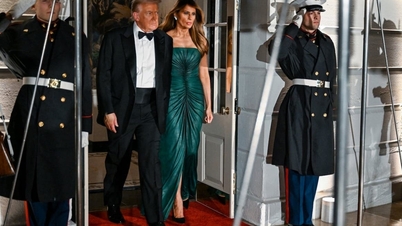







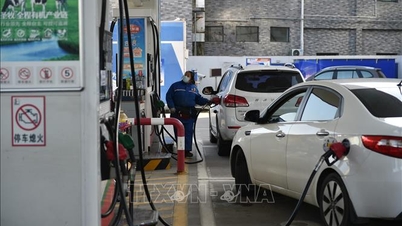
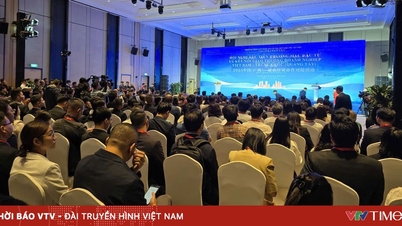

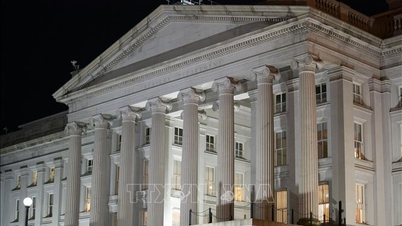


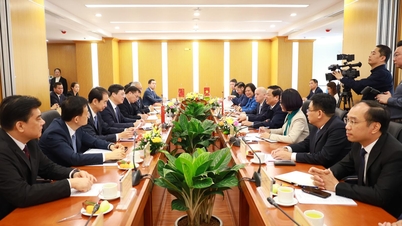

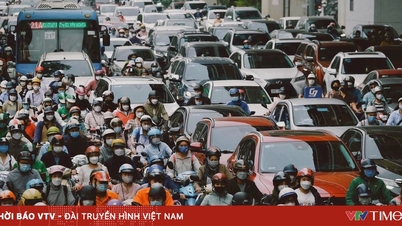




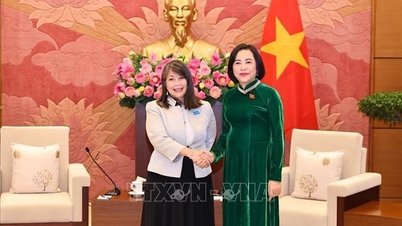

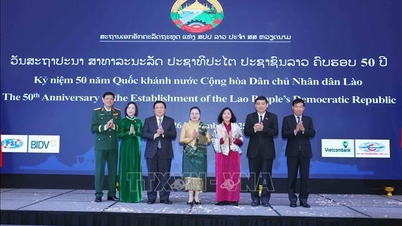


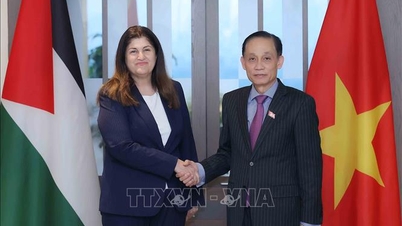








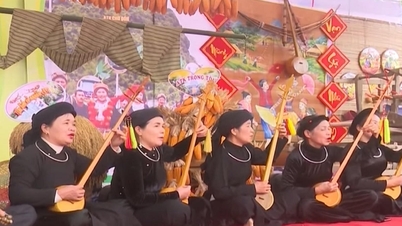

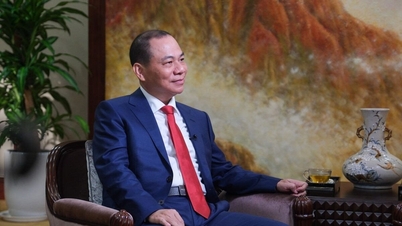




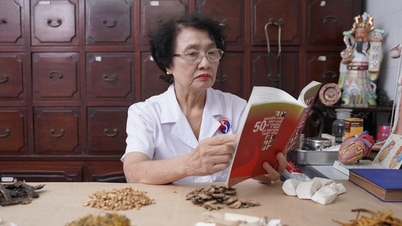

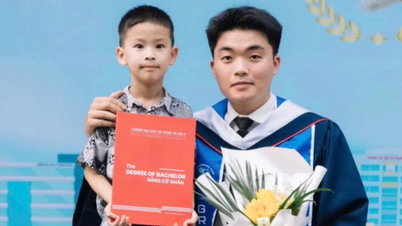







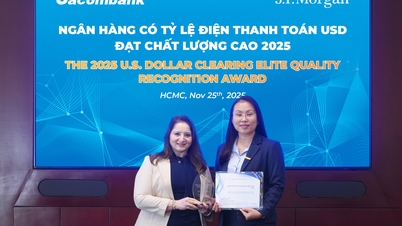

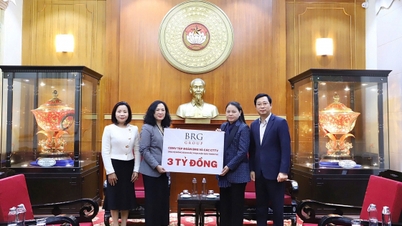








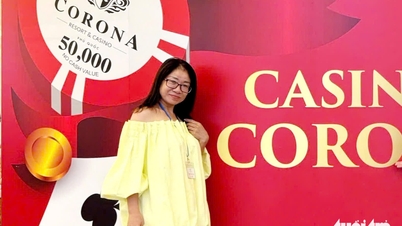



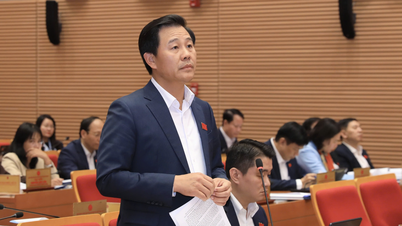
![[Photo] Opening of the 28th Session of the Hanoi People's Council](https://vphoto.vietnam.vn/thumb/402x226/vietnam/resource/IMAGE/2025/11/26/1764155991133_image.jpeg)


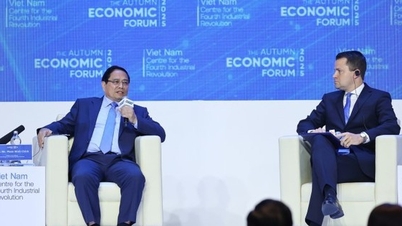











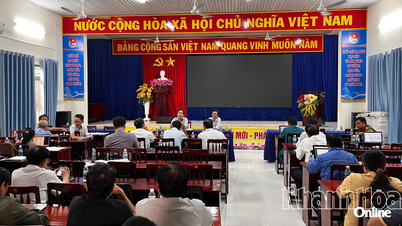















Comment (0)